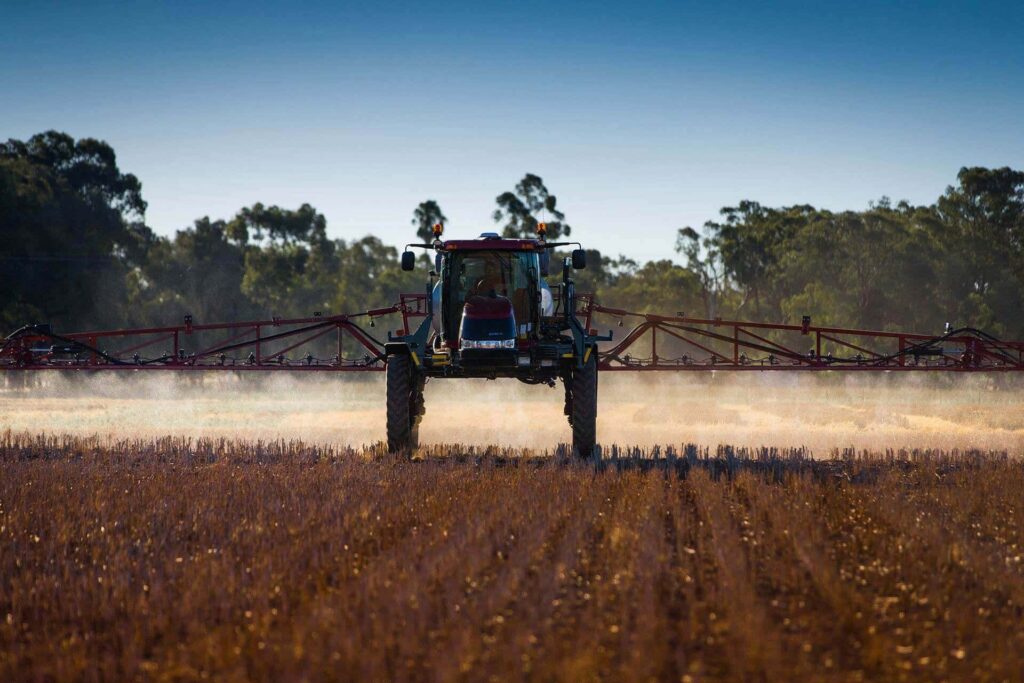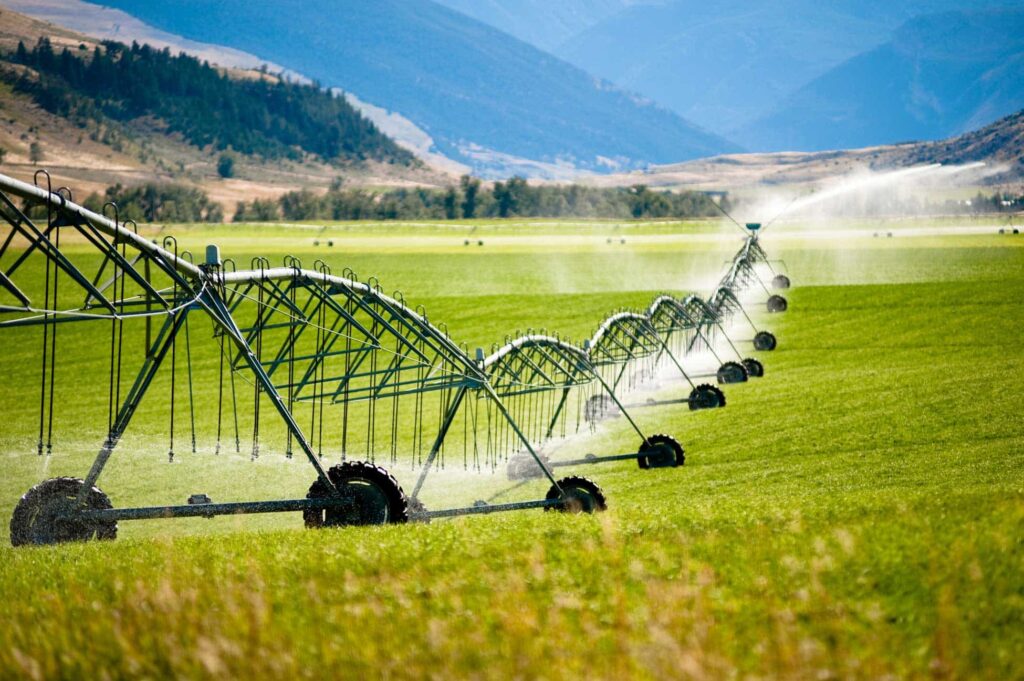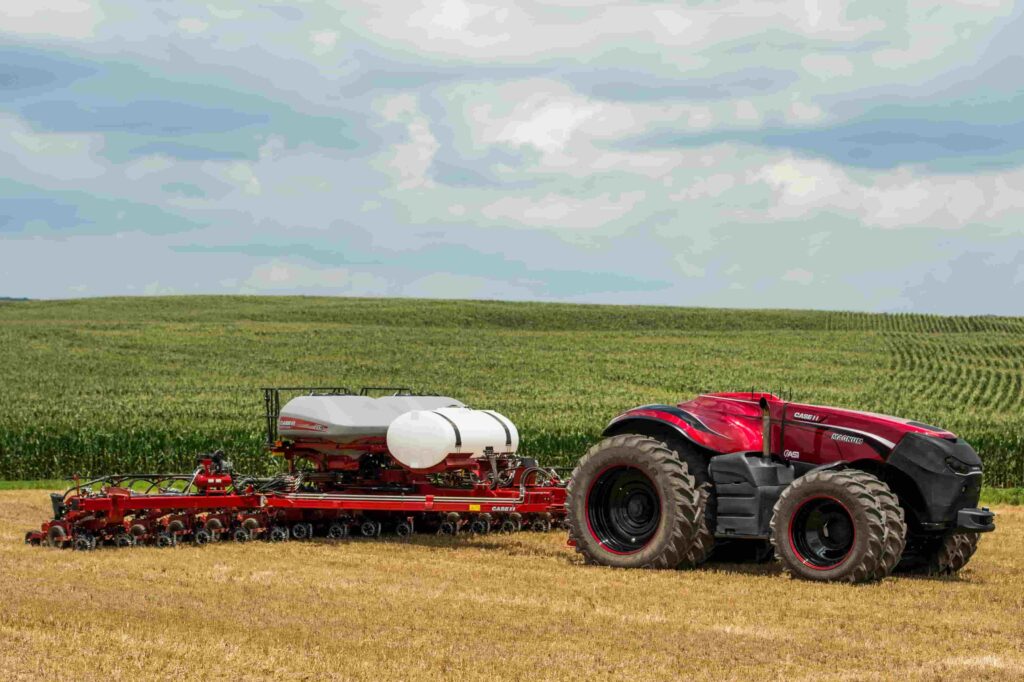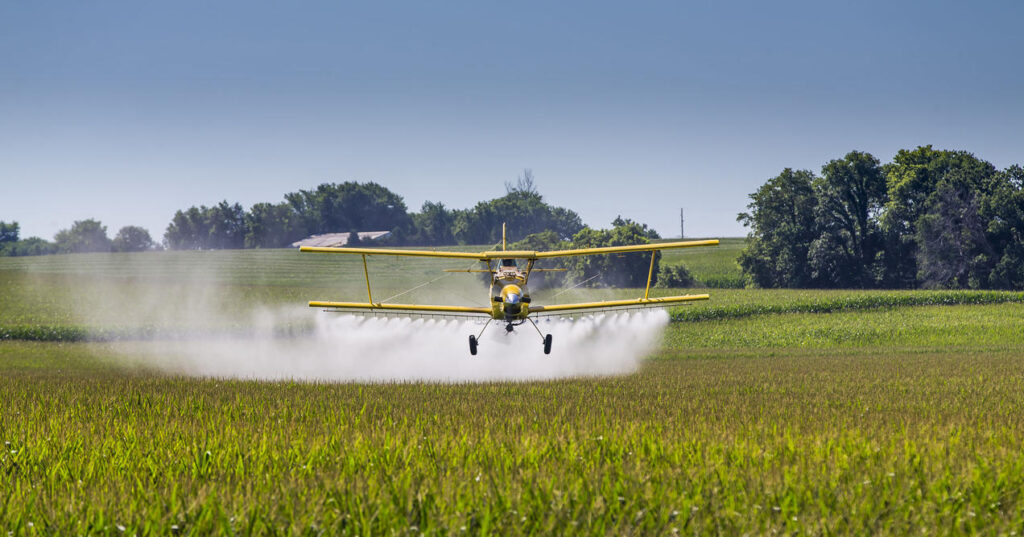Growing crops can be rewarding, you can get enough food to eat, and even sell for money. But before you can think about reaping the benefits of your labor, you must take proper care of the plants.
Things like fertilization, applying pesticides and insecticides, watering, and weeding the area, will ensure you get a bountiful harvest when the time comes.
To and diseases, you need to apply the required fertilizer, pesticides, and insecticides. And one of the most effective ways to apply these helpful chemicals is by spraying the crops with a sprayer.
Spraying leads to a fast response from the crops against the disease but can also lead to a lot of wastage amongst other issues.
To effectively use a sprayer to spray fertilizer or insecticide on your crop, you need to use certain techniques and tricks. Here are some of the most effective tips you can implement when using a sprayer:
Check the Recommended Application Rate on the Label

source: caseih.com
The pesticide or fungicide label is one of the best places to check for the application rate. You’ll see information like the recommended pressure to use and the droplet size to use for the particular pesticide.
You should know that different plants require varying application rates and droplet sizes for them to work effectively. That being said, the recommended application rate on the label is a good pointer.
Choose the Right Nozzle Size
Nozzle sizes affect the droplet range it can produce and in turn the effectiveness of the sprayer. To avoid the droplets drifting off target and wasting your pesticide, choose the right nozzle size for your crop.
You should also consider changing old and worn-out nozzles as they tend to lose their effectiveness with age and cause more drifting of droplets.
Ensure a Constant Travel Speed

source: watercalculator.org
If you want to get the best application rate for your farm without the wastage of resources, you must know the sprayer travel speed and ensure it is constant when spraying.
Do not attempt to increase the speed or reduce it during application. Although they may have their advantages, it leads to under-application when the speed is increased and over-application when the speed is reduced.
Ensure Careful Spray Application
Using a sprayer opens up the possibility of huge wastage of chemicals if not properly applied. So careful application and steps should be taken to avoid wastage and drifting of chemicals onto pathways, neighbor’s yard, or even into water bodies.
Try different strategies to keep your droplets from drifting like using the right nozzles, reducing the pressure, and spraying when there is less chance of wind interference.
Always Wear Protective Materials

source: cnbc.com
The ability of a sprayer to spread chemicals far is an advantage to the crops but can also be a major disadvantage to you the user. Harmful chemicals can come in contact with your skin, mouth, eyes, or other parts of your body and cause you harm.
You can protect yourself against these chemicals by always wearing protective clothing when using a sprayer. You should ensure to change out of the clothes and take a shower once you’ve finished spraying.
Protective materials like goggles, nose masks, hand gloves, boots, and full clothing covering your hands and legs will ensure the chemicals do not come in contact with your body.
Purchase Quality Sprayers
These tips would mean very little if the sprayer is of poor quality or does not match with the crops and chemicals used. If you want to effectively spray your crops to protect them, investing in a quality sprayer is essential.
You want to buy a sprayer that can handle the amount of work it will be doing without developing issues. Check out sprayer reviews to know which sprayer will suit your needs the most.
The Weather Can Affect Spray Drift

source: nrdc.com
Choosing the best time of the day to spray is essential as the weather can have a great effect on the spray drift and cause the droplets to fall in the wrong place.
To negate this, look to spray in the mornings and towards evenings when the chance of drifting is low. Warm weather encourages the drifting of spray droplets away from the intended target.
Last Words
Spraying your insecticides and fungicides using a sprayer is an effective way to quickly build up the immunity of your plants while reaching a far area in the shortest time.
These tips will make your spraying more effective and easier.



